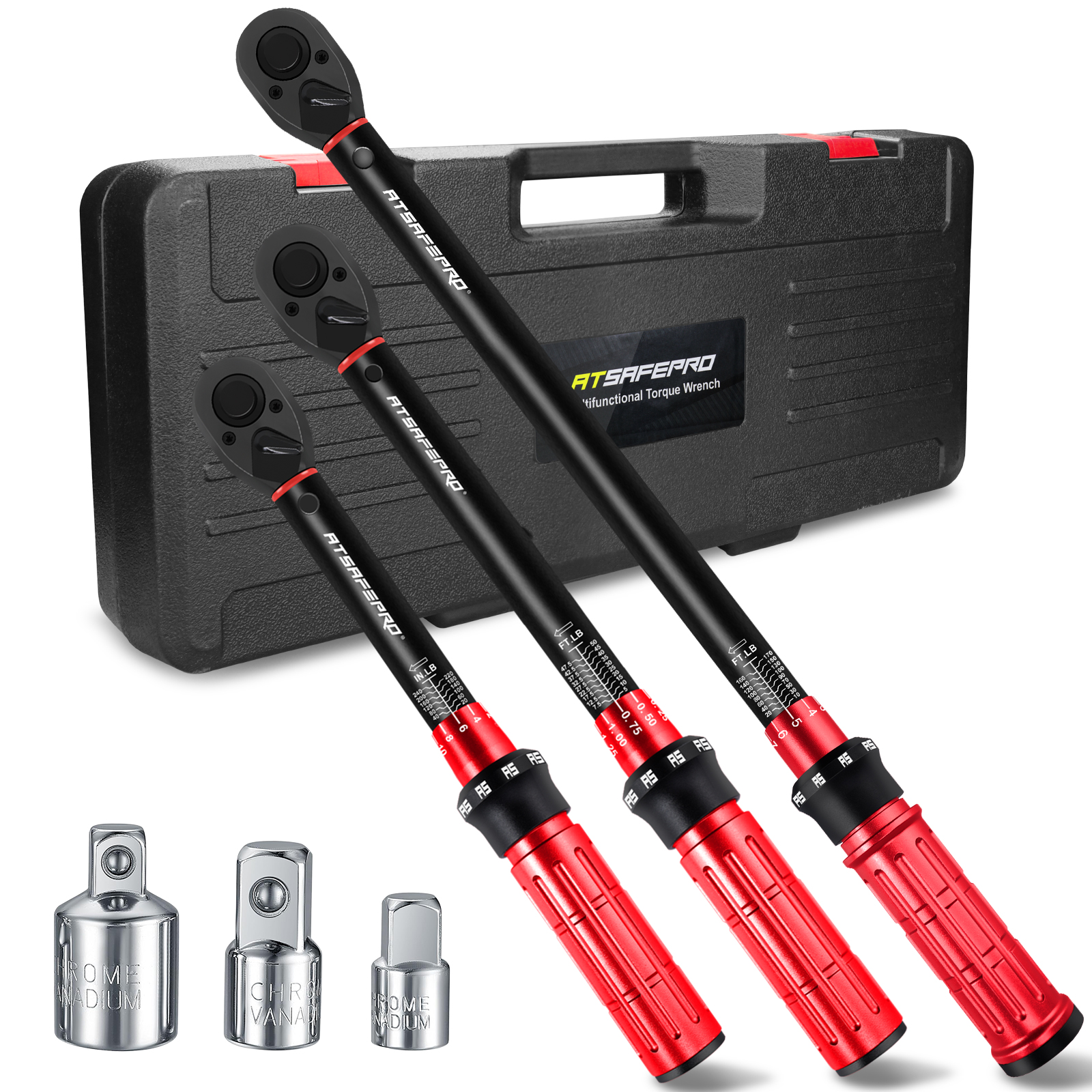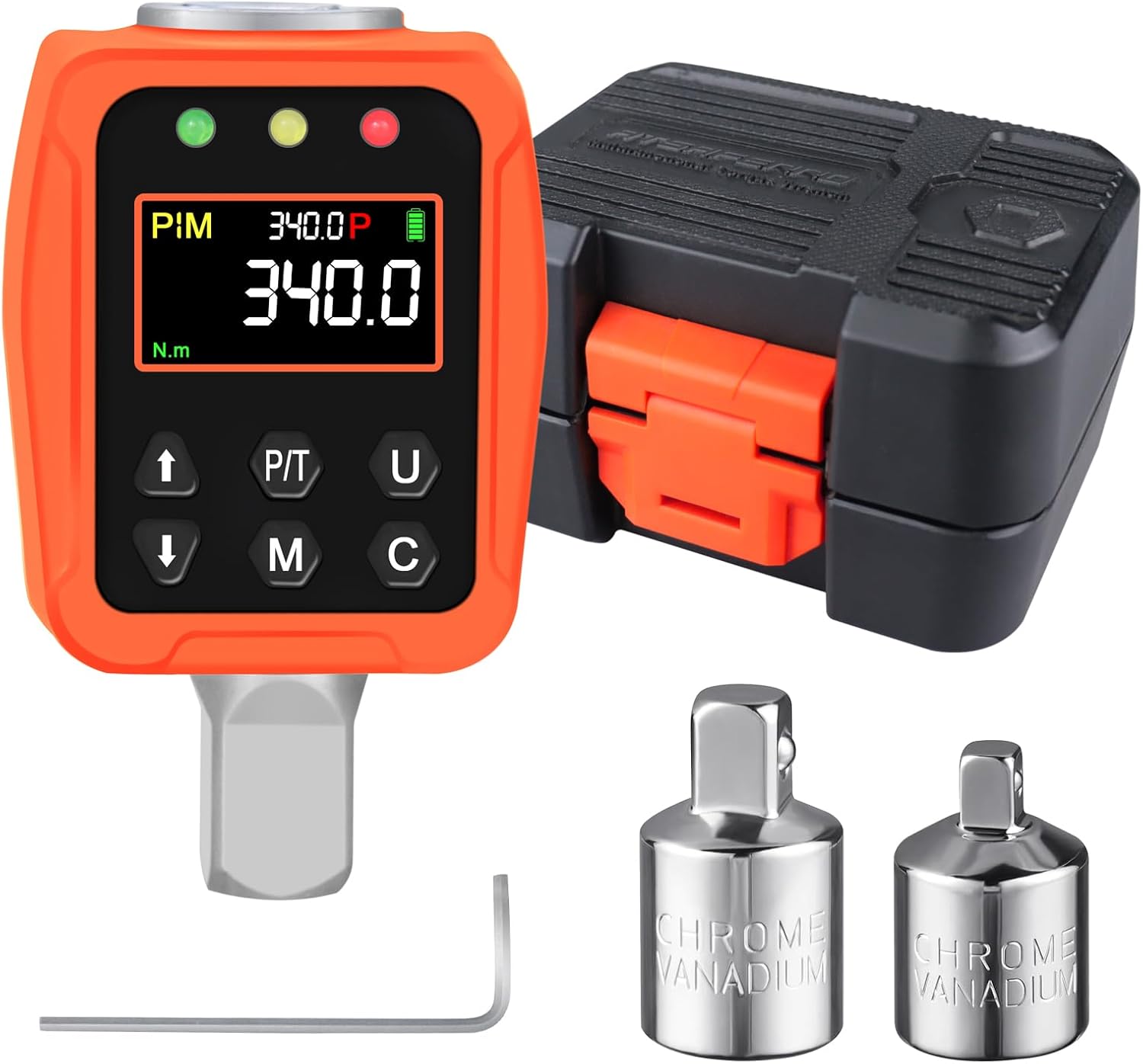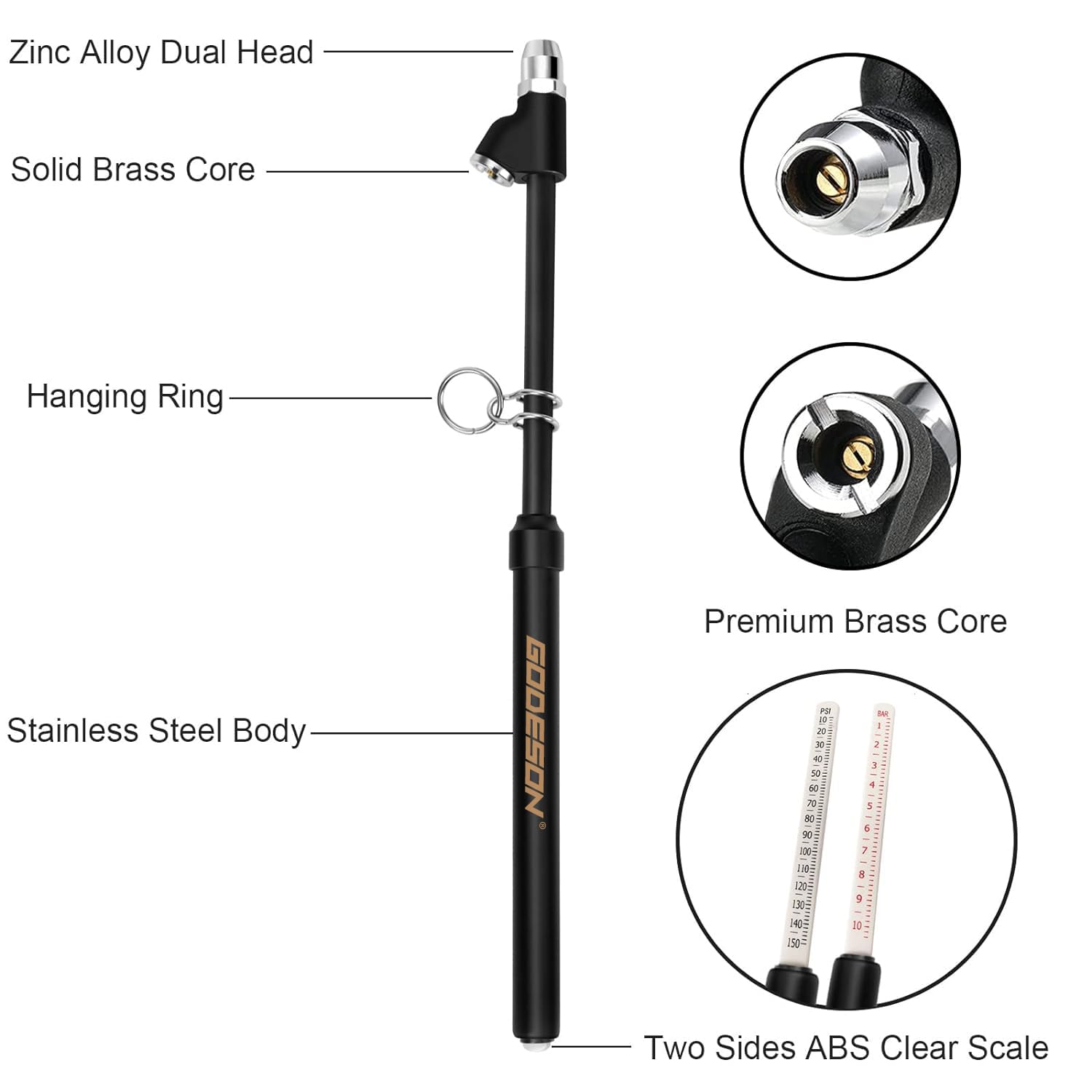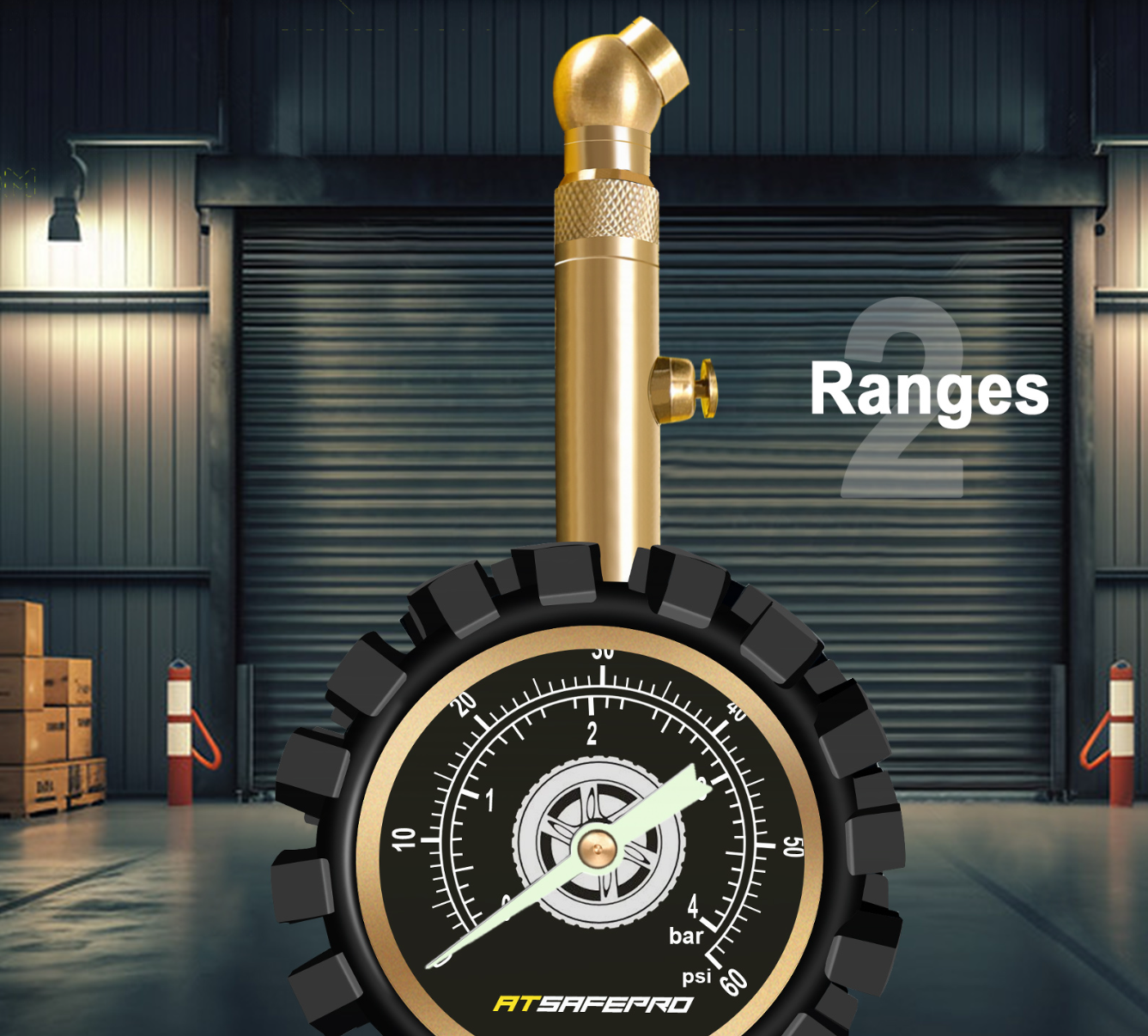The Essential Showdown: Analog vs. Digital Tire Gauges
Maintaining the correct tire pressure is one of the most critical yet often overlooked aspects of vehicle ownership. It directly impacts your car's safety, handling, fuel efficiency, and the lifespan of your tires. To manage this vital task, every driver needs a reliable tire pressure gauge. While the market offers a variety of options, the primary choice often comes down to two main contenders: the traditional analog gauge and its modern digital counterpart. Understanding the differences between these tools is key to selecting the one that best fits your needs and ensures your vehicle performs at its peak.
Understanding the Analog Tire Pressure Gauge
The analog tire pressure gauge is a classic tool that has served drivers reliably for decades. These gauges operate on a simple mechanical principle, typically using a spring-loaded piston or a Bourdon tube that moves a needle or a slide in response to air pressure. They come in two popular styles: the dial gauge, which features a clock-like face with a needle, and the pencil gauge, which is compact and uses a calibrated slide that pops out to indicate the pressure. One of the greatest strengths of the analog gauge is its sheer reliability. Since it has no electronic components, it requires no batteries and is less susceptible to failure from drops, extreme temperatures, or moisture. This makes it a tool you can count on to be ready whenever you need it. For instance, the GODSON Tire Pressure Gauge exemplifies the pinnacle of analog design. Crafted with a polished stainless steel body, its slim, pen-like form is both durable and stylish. It's engineered for precision, ensuring a perfect seal on the valve stem for an accurate reading every single time, with markings on its display that are clear and easy to read.
The Rise of the Digital Tire Pressure Gauge
On the other side of the spectrum is the digital tire pressure gauge. This modern alternative uses an electronic sensor to measure pressure and displays the reading as a precise number on an LCD screen. The primary appeal of a digital gauge is its perceived ease of use and precision. The exact numerical readout eliminates any guesswork, and many models feature backlit screens, making them easy to read in low-light conditions or at night. Some advanced digital gauges even come with extra features like programmable target pressures, audible alerts, and built-in flashlights. However, this technology comes with its own set of trade-offs. The biggest drawback is their reliance on batteries. If the batteries die, the tool is useless until they are replaced. Furthermore, the electronic components can be more sensitive to damage from being dropped or exposed to the elements, potentially impacting their accuracy and longevity compared to their rugged mechanical counterparts.
Mastering Your Tool: How to Use a Tire Pressure Gauge
Regardless of which type you choose, knowing how to use a tire pressure gauge correctly is essential for getting an accurate reading. The process is straightforward. First, you should always measure the pressure when the tires are 'cold' – meaning the car has been parked for at least three hours or has not been driven for more than a mile. This ensures the reading isn't inflated by the heat generated from driving. Next, locate the manufacturer's recommended tire pressure, which can be found on a sticker inside the driver's side doorjamb or in your vehicle's owner's manual; do not use the pressure listed on the tire's sidewall, as this is the maximum pressure, not the recommended one. Unscrew the plastic cap from the tire's valve stem and press the gauge firmly and evenly onto the stem. You may hear a brief hiss of air, which is normal. For an analog gauge like the GODSON, a calibrated bar will slide out or a needle will point to the pressure. For a digital gauge, the number will appear on the screen. Compare this reading to the recommended PSI. If the pressure is too high, you can often use a small nub on the gauge to press down the pin inside the valve stem to release air. If it's too low, you'll need to add air from a compressor. Once the pressure is correct, securely screw the valve cap back on.
Choosing Your Champion: Analog vs. Digital
When directly comparing the two, the best choice depends on your personal priorities. For pure, unwavering reliability, the analog tire pressure gauge is the clear winner. With no batteries to worry about and a robust mechanical construction, it is always ready for action. High-quality models, such as the aforementioned GODSON gauge, prove that analog tools can offer exceptional precision and a premium feel without the fragility of electronics. For those who prioritize modern conveniences and a clear numerical display, a digital gauge might be more appealing, especially if you frequently check your tires in the dark. In terms of durability, a well-made metal analog gauge will almost always outlast a plastic-bodied digital one, withstanding the rough-and-tumble environment of a toolbox or glove compartment far better. Ultimately, the debate isn't just about old versus new; it's about mechanical dependability versus electronic convenience. An analog gauge offers a direct, tangible connection to the task, while a digital one provides a quick, data-driven answer.
The Final Verdict: The Right Gauge for You
In conclusion, both analog and digital gauges can effectively help you maintain your vehicle's tires. The digital gauge offers modern features and a seemingly foolproof readout, but this comes at the cost of battery dependence and potentially lower durability. The classic analog gauge, on the other hand, champions reliability and longevity. A premium tool like the GODSON Tire Pressure Gauge demonstrates that you don't have to sacrifice sophistication or accuracy for mechanical simplicity. Its precision engineering, durable stainless steel build, and clear display make it a must-have for any car enthusiast or conscientious driver who values tools that are built to last. The most important takeaway is that the best tire gauge is the one you will use consistently. Regular checks are paramount, and having a dependable tool on hand makes this crucial maintenance task simple and routine.








